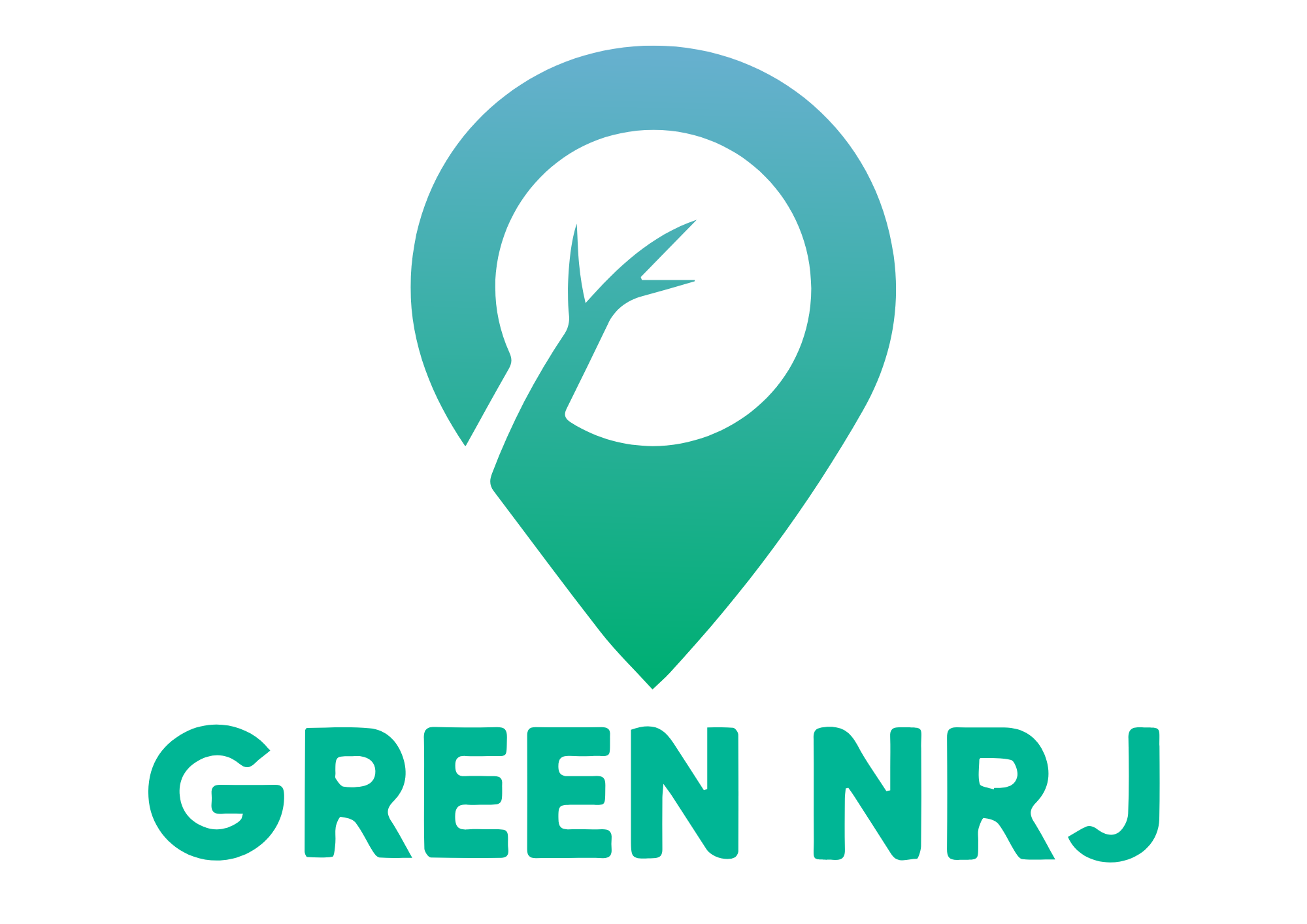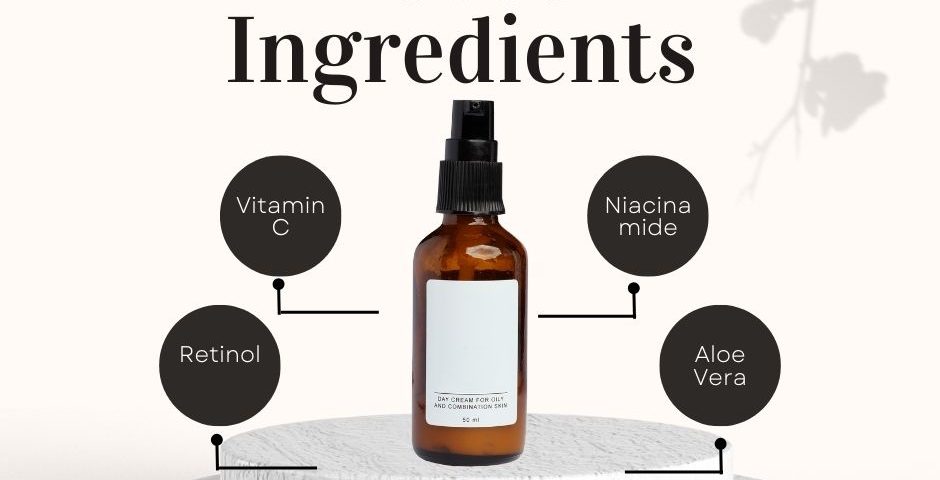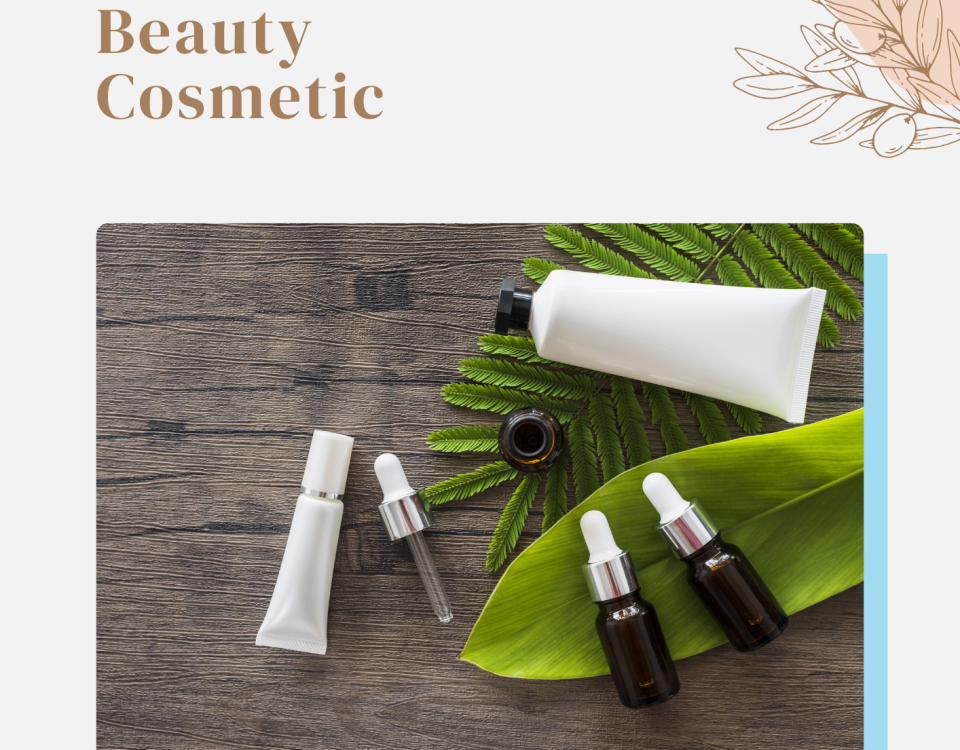Table of Contents
Introduction
Importing cosmetics into Vietnam is not simply a matter of finding a supplier and shipping the goods.
Every cosmetic product must undergo a notification process, during which regulatory authorities will verify that all ingredients are compliant with national and regional (ASEAN) standards.
Failing to ensure ingredient compliance can lead to:
- Delays in customs clearance
- Fines and penalties
- Mandatory product recalls
- Damage to your brand’s reputation
This guide explains, in simple terms, how to carefully review cosmetic ingredients before importing, helping businesses avoid unnecessary legal risks.
Overview of Vietnam’s Cosmetic Ingredient Compliance Requirements
Vietnam regulates cosmetic products based on:
- The ASEAN Cosmetic Directive (ACD), which sets out common rules for 10 ASEAN countries
- National regulations issued by the Drug Administration of Vietnam (DAV) under the Ministry of Health
- Specific requirements for labeling, advertising, and product claims
For ingredients, the most important points are:
- Ingredients prohibited under ASEAN rules cannot be used at all.
- Ingredients that are restricted must strictly follow conditions such as:
- Maximum allowable concentration
- Approved applications (e.g., for skin, not for eyes or lips)
- Mandatory safety warnings on labels
- Maximum allowable concentration
- Ingredients must not contain unsafe levels of contaminants such as heavy metals.
Thus, evaluating your product’s ingredients early is essential to avoid costly mistakes.
Understanding the INCI List and Its Importance
The INCI list (International Nomenclature of Cosmetic Ingredients) is the standardized system for naming cosmetic ingredients internationally.
Why is the INCI list critical?
- Legal requirement: Vietnam and ASEAN regulations require ingredients to be declared by their correct INCI names.
- Accurate checks: Customs officials, regulatory bodies, and even some consumers verify ingredient safety based on INCI names, not trade names or marketing terms.
- Transparency: An accurate INCI list increases consumer confidence.
Example:
A product marketed as “Whitening Serum with Natural Extracts” must list ingredients like Ascorbic Acid (Vitamin C), Niacinamide, or Arbutin under their correct INCI names. Mislabeling as “Natural Whitening Agent” without specific names is unacceptable.
ASEAN Cosmetic Ingredient Listings Explained
The ASEAN Cosmetic Ingredient Listing is divided into several important annexes:
- Annex II: List of prohibited substances. Ingredients here must not be used in any cosmetic product.
- Annex III: List of restricted substances. Ingredients here are permitted under specific conditions (such as maximum concentration or specific usage restrictions).
- Annex IV: Approved Colorants.
- Annex VI: Approved Preservatives.
- Annex VII: Approved UV Filters.
When evaluating general cosmetic ingredients, importers primarily need to focus on:
- Annex II: Avoid prohibited ingredients.
- Annex III: Carefully follow restrictions if ingredients are allowed under certain conditions.
Detailed Step-by-Step Guide to Checking Cosmetic Ingredients
Step 1: Collect the Complete and Accurate INCI List
Start by requesting a full, detailed INCI list from your supplier, including:
- The correct INCI names of all ingredients
- Concentrations of each ingredient (expressed as a percentage by weight)
Important:
- Do not accept just the marketing names.
- Ask for full formulation disclosure, including minor components like preservatives and fragrances.
Tip: Some manufacturers may hesitate to disclose full formulas. In such cases, sign a confidentiality agreement (NDA) to protect their trade secrets while ensuring compliance.
Step 2: Screen for Prohibited Ingredients
Check every INCI name against Annex II (prohibited list).
- If any ingredient matches an item in Annex II → the product cannot be imported unless reformulated.
- No exceptions or threshold limits apply to prohibited substances.
Examples of prohibited ingredients:
- Mercury and its compounds (for non-eye products)
- Steroids like Clobetasol Propionate
- Hydroquinone (except under strict conditions for professional use)
- Chloramphenicol (an antibiotic banned in cosmetics)
- Lead compounds
Caution: Some banned substances have many chemical synonyms. Always verify using chemical indexes like CAS numbers.
Step 3: Evaluate Ingredients Subject to Restrictions
For ingredients appearing in Annex III:
- Carefully review the conditions of use.
Conditions may include:
- Maximum allowed concentration (e.g., 1% in final product)
- Approved application area (e.g., skin, not eyes or lips)
- Special labeling requirements (e.g., “Avoid contact with eyes”)
Example:
- Salicylic Acid (BHA) is allowed up to 2% in cosmetic products for skin exfoliation.
- If used above 2%, or not labeled with necessary warnings, the product will be non-compliant.
Other examples of restricted ingredients:
- Resorcinol: restricted for hair dye use only under defined conditions.
- Phenoxyethanol: maximum concentration limited to 1.0% as a preservative.
Step 4: Verify Purity and Check for Contaminants
Some ingredients may naturally contain contaminants.
Importers must ensure that:
- Heavy metals (Lead, Arsenic, Mercury, Cadmium) are below ASEAN limits.
- Ingredients like surfactants are free from harmful by-products (e.g., 1,4-Dioxane).
Recommended actions:
- Request Certificates of Analysis (COA) from the raw material supplier.
- Analyze microbial contamination if necessary for products like lotions or creams.
Step 5: Check Conditions for Special Ingredient Categories
If your product uses:
- Colorants
- Preservatives
- UV filters
→ You must also verify them against:
- Annex IV (Colorants)
- Annex VI (Preservatives)
- Annex VII (UV Filters)
Each approved substance may have:
- Authorized maximum concentration
- Restrictions on application areas
Key Resources and Tools for Ingredient Verification
- ASEAN Cosmetic Directive (latest version)
- Drug Administration of Vietnam (DAV) Circulars and guidelines
- EU CosIng Database: Useful for cross-referencing INCI names and safety assessments
- Cosmetic Ingredient Review (CIR): For detailed toxicological profiles
Tip: Always ensure you refer to the most updated regulatory documents, as lists of prohibited and restricted ingredients are periodically revised.
Common Mistakes Importers Make (and How to Avoid Them)
| Mistake | Consequence | Solution |
|---|---|---|
| Trusting product marketing claims without verifying INCI | Risk of hidden banned ingredients | Always demand full INCI list and verify it independently |
| Ignoring minor ingredients | Preservatives, fragrance allergens often cause compliance failures | Require disclosure of all ingredients, no matter how small |
| Using old versions of regulations | Ingredient status may change year by year | Always check latest updates or work with regulatory consultants |
Frequently Asked Questions (FAQ)
1. Can I use the EU CosIng database for verification?
You can use it for reference, but the final check must be based on the ASEAN Cosmetic Ingredient Listing and Vietnam’s specific rules.
2. If an ingredient is only slightly above the allowed concentration, can it still be approved?
No.
Even small deviations above concentration limits are considered violations and can result in rejection.
3. What should I do if the product contains an ingredient not listed in any ASEAN Annex?
If the ingredient is not listed in Annex II, III, IV, VI, or VII, and is globally recognized as safe (with supporting data), it may still be accepted.
However, thorough documentation (safety reports, toxicological data) should be prepared in advance.
Conclusion
Ensuring cosmetic ingredient compliance before importing into Vietnam is not just a regulatory formality — it is a foundation for building a reputable, sustainable cosmetic business.
By following a systematic process:
- Collecting complete and accurate INCI lists
- Verifying against ASEAN prohibited and restricted substance lists
- Checking for purity and safe usage
- Using official, up-to-date references
you can confidently navigate Vietnam’s complex regulatory landscape and bring high-quality, compliant products to market.
For expert assistance, Green NRJ is ready to support your cosmetic notification and ingredient compliance needs in Vietnam. Contact us today to ensure your cosmetic products are market-ready and fully compliant.
Related Articles
- How to Import and Sell Cosmetics in Vietnam
- Comprehensive Guide to Cosmetic Registration in Vietnam
- Comparison: Company vs. Cosmetic Notification Holder in Vietnam
- How to Group Multiple Cosmetic Products Under One Notification
- PIF for Cosmetics in Vietnam: What It Is and Why It Matters
- Everything About Cosmetic Advertising in Vietnam (2025 Guide)
- Cosmetic Notification Holder – Import Without Opening a Company
- Cosmetic Product Formula for Import into Vietnam: Legal Requirements & Best Practices (2025 Guide)
- Guide to Cosmetic Labeling in Vietnam: Legal Compliance and Best Practices
- Colorants, Preservatives, and UV Filters in Cosmetics – Compliance Requirements for Product Notification in Vietnam
- How to Update Cosmetic Product Notification in Vietnam: A Complete 2025 Guide



